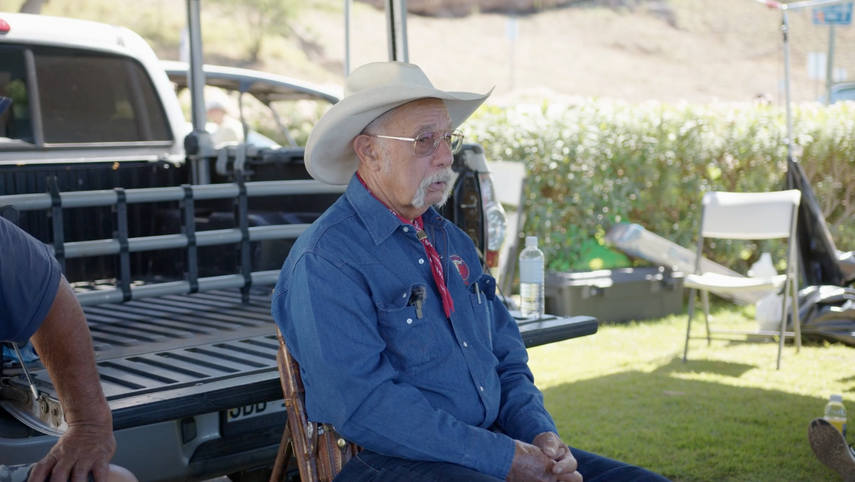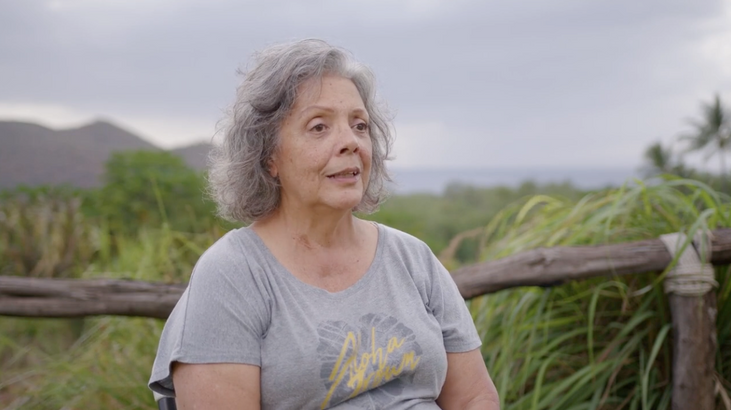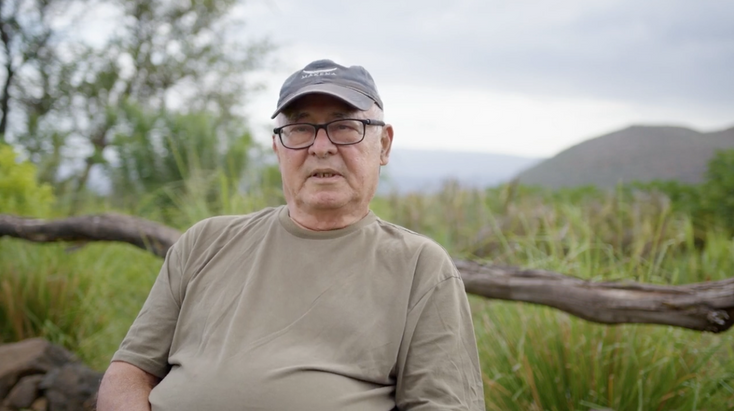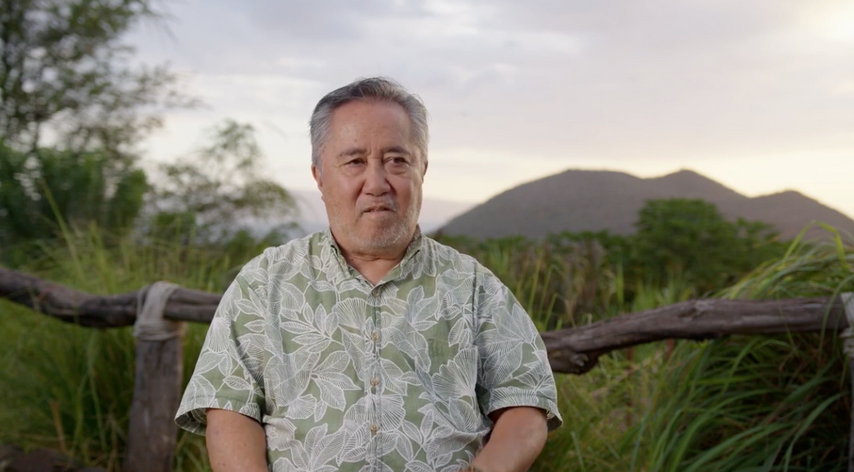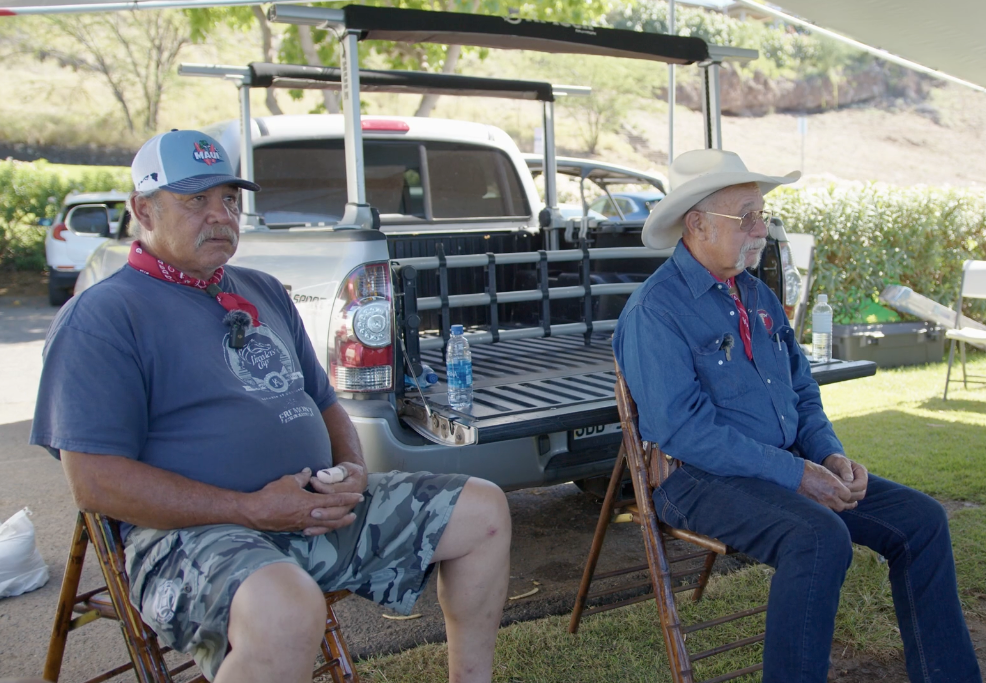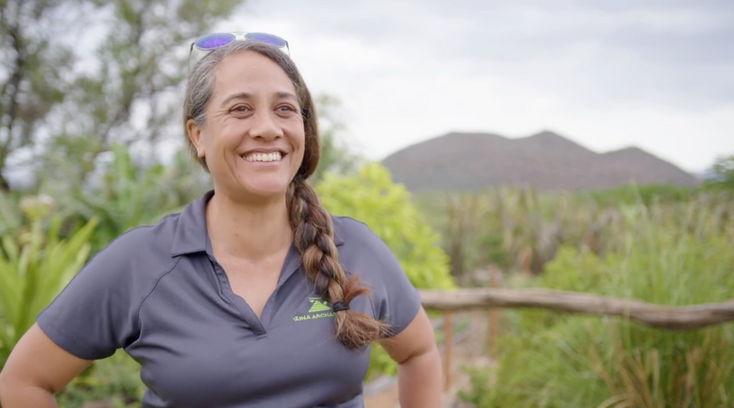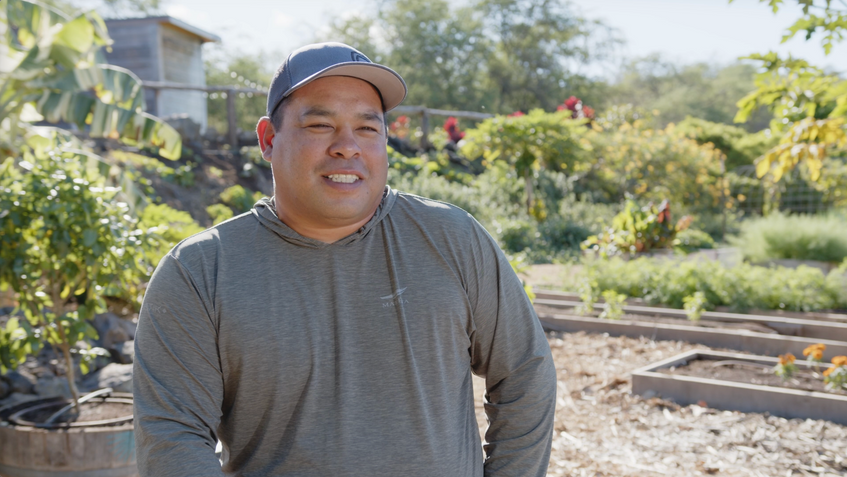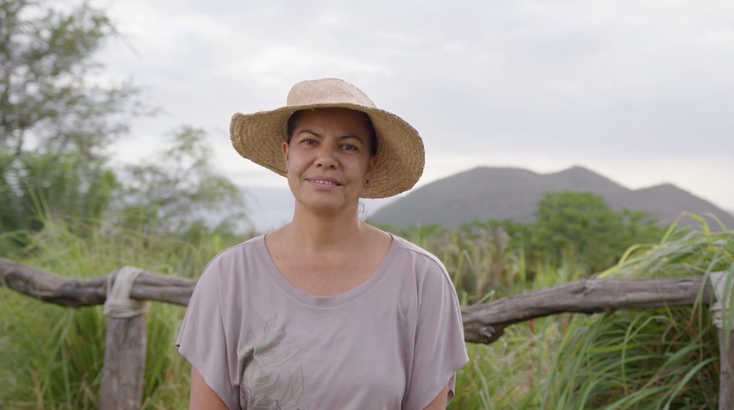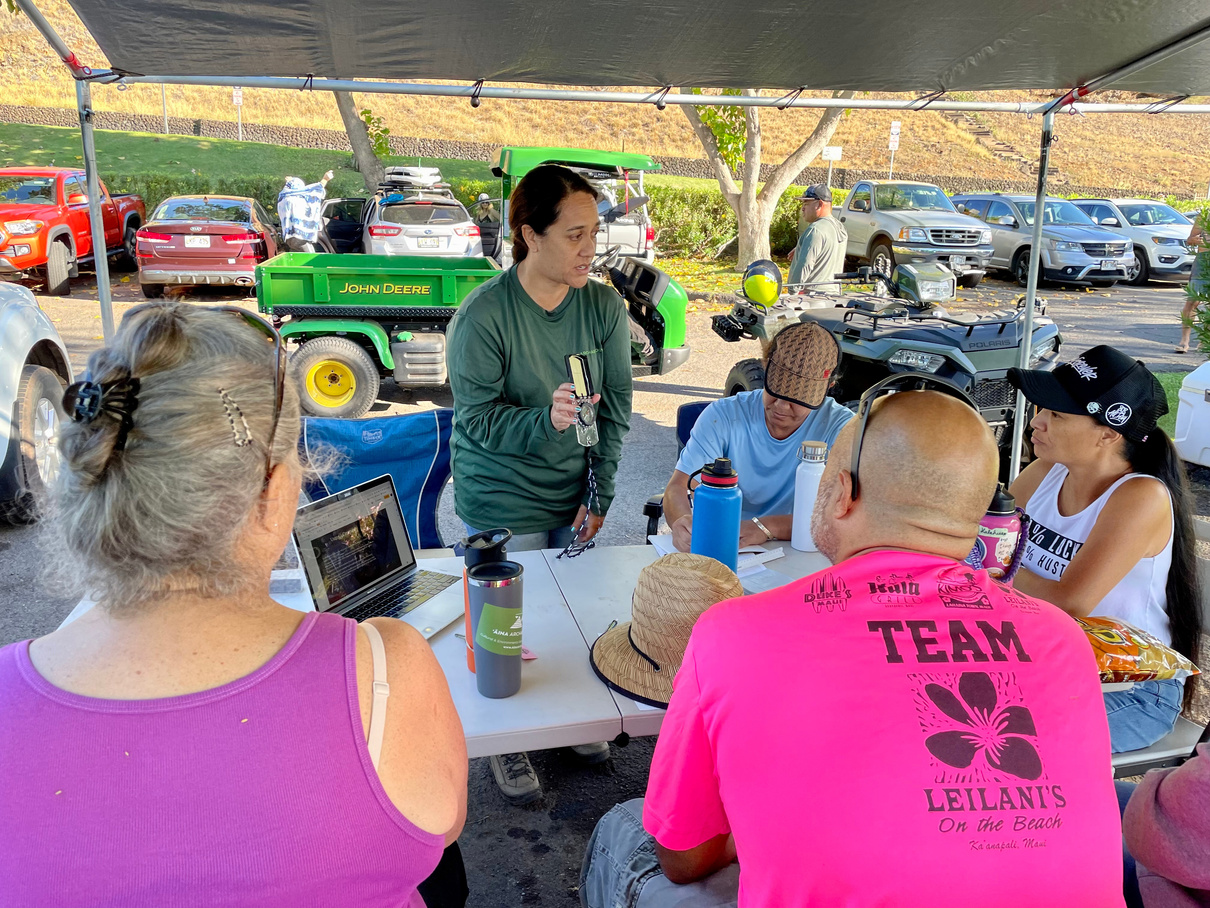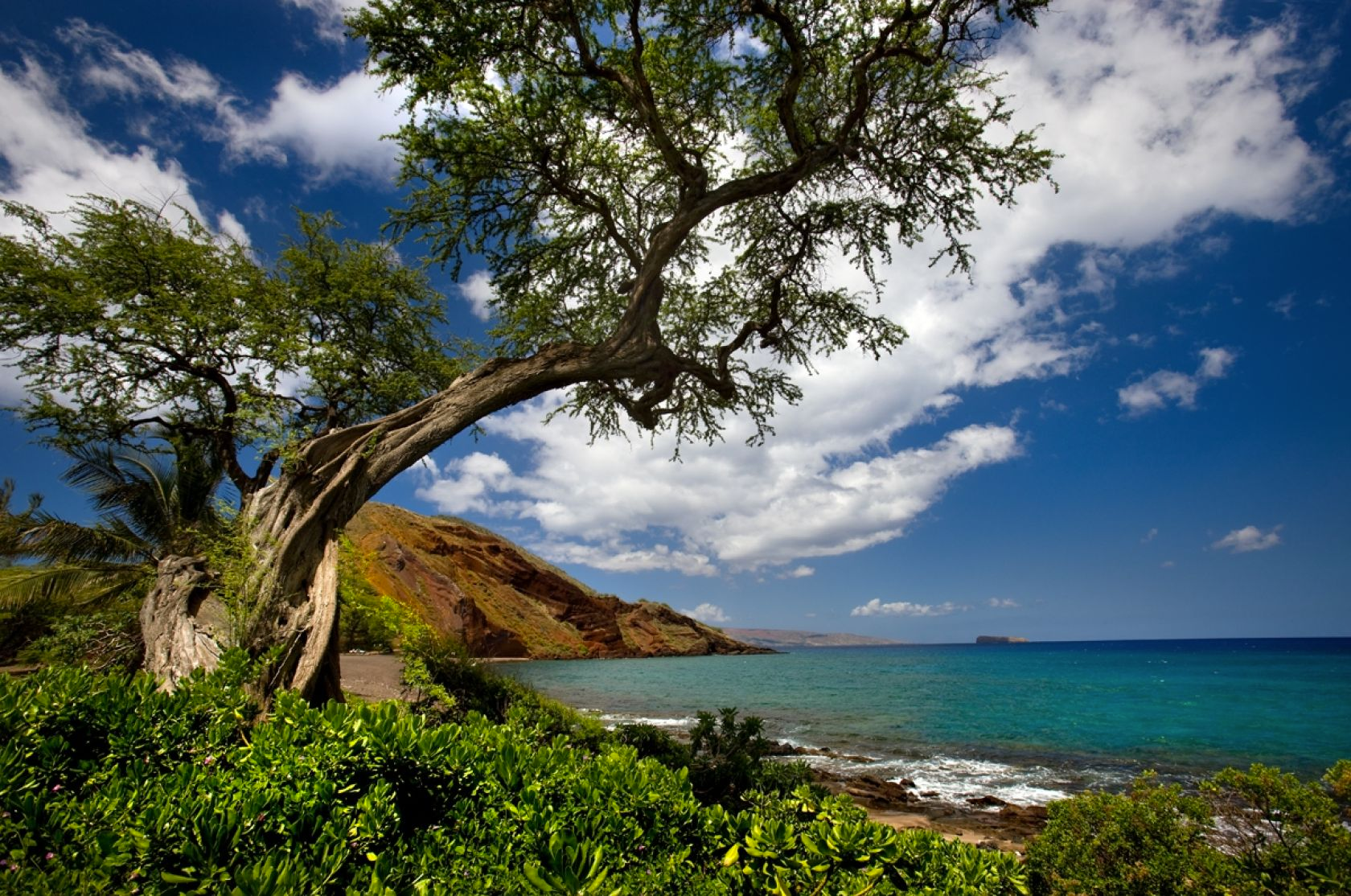
Honuaʻula
People | History | Culture
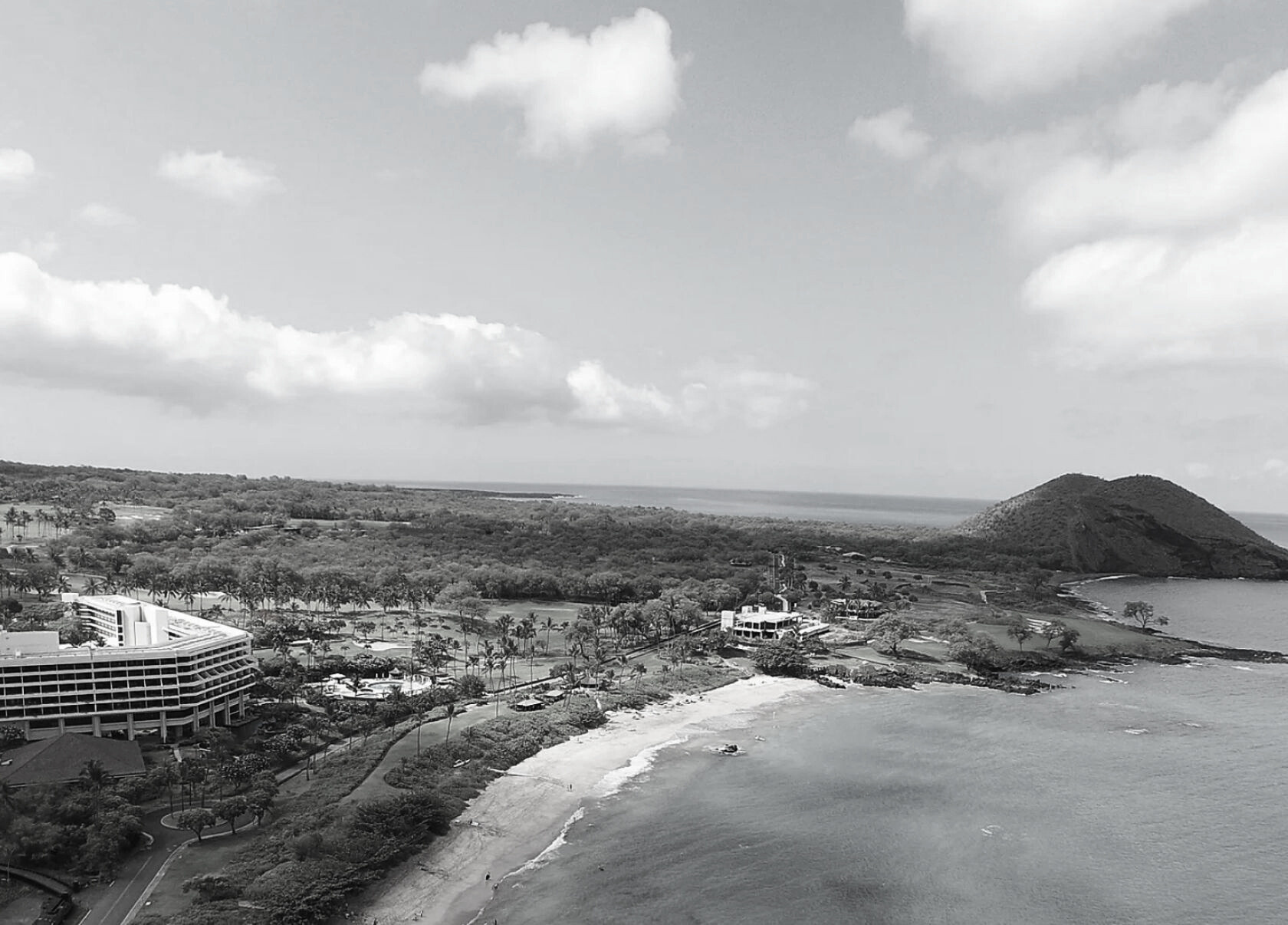
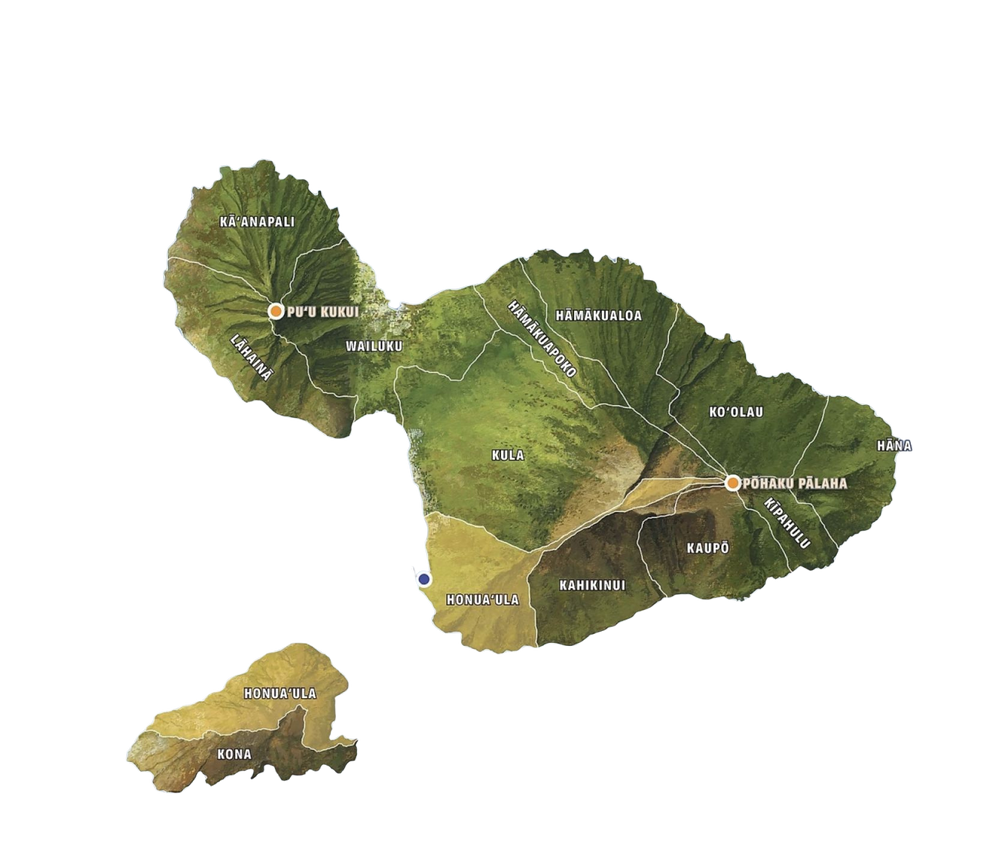
YOU ARE HERE
Mākena
Mākena is a smaller land section found in the ahupuaʻa, a traditional Hawaiian land division, of Pāpaʻanui. The most detailed historical maps name 20 ahupuaʻa in the moku (district) of Honuaʻula. From north to south, they are: Paeahu, Palauea, Keauhou, Kalihi, Waipao, Pāpaʻanui, Kāʻeo, Maluaka, Moʻoiki (fronting the islet of Molokini), Mohopilo, Moʻoloa, Moʻomoku, Onau, Kanahena, Kualapa, Kalihi, Papaka Kai, Kaunuahane, Kaloi, and Kanaio. The northern half of Kahoʻolawe is also considered a part of Honuaʻula Moku.
LISTEN to
The People
Listen to the stories of life in Honuaʻula from the family members who truly called this wahi (place) home. Take a step into their cowboy boots, hear the birds singing, and feel the undeniable, steadfast bond between these people and this sacred place.
Click a photo to watch a video.
This collection of moʻolelo is brought to you by
REMEMBERING
Our Kūpuna
Edward Chang, Sr.
1906-1995
Leslie Kuloloio
1940-2020
Bobby Luuwai
1935-2021

LEARN
The History
Honuaʻula was known for its excellent fishing grounds and small, but strong settlements of Hawaiians throughout its history. The people who called Honuaʻula home were respected as hard workers, toiling in the sun and wind to grow what they could from the dry kula land and traveling great distances to gather the things they lacked. This perspective is documented in an ʻōlelo noʻeau, or Hawaiian proverb, that says:
Honuaʻula kua laʻolaʻo.
Callous-backed Honuaʻula.
Said of the people of Honuaʻula, Maui, who were hard workers. The loads they carried often caused callouses on their backs.
ʻŌlelo Noʻeau #1059
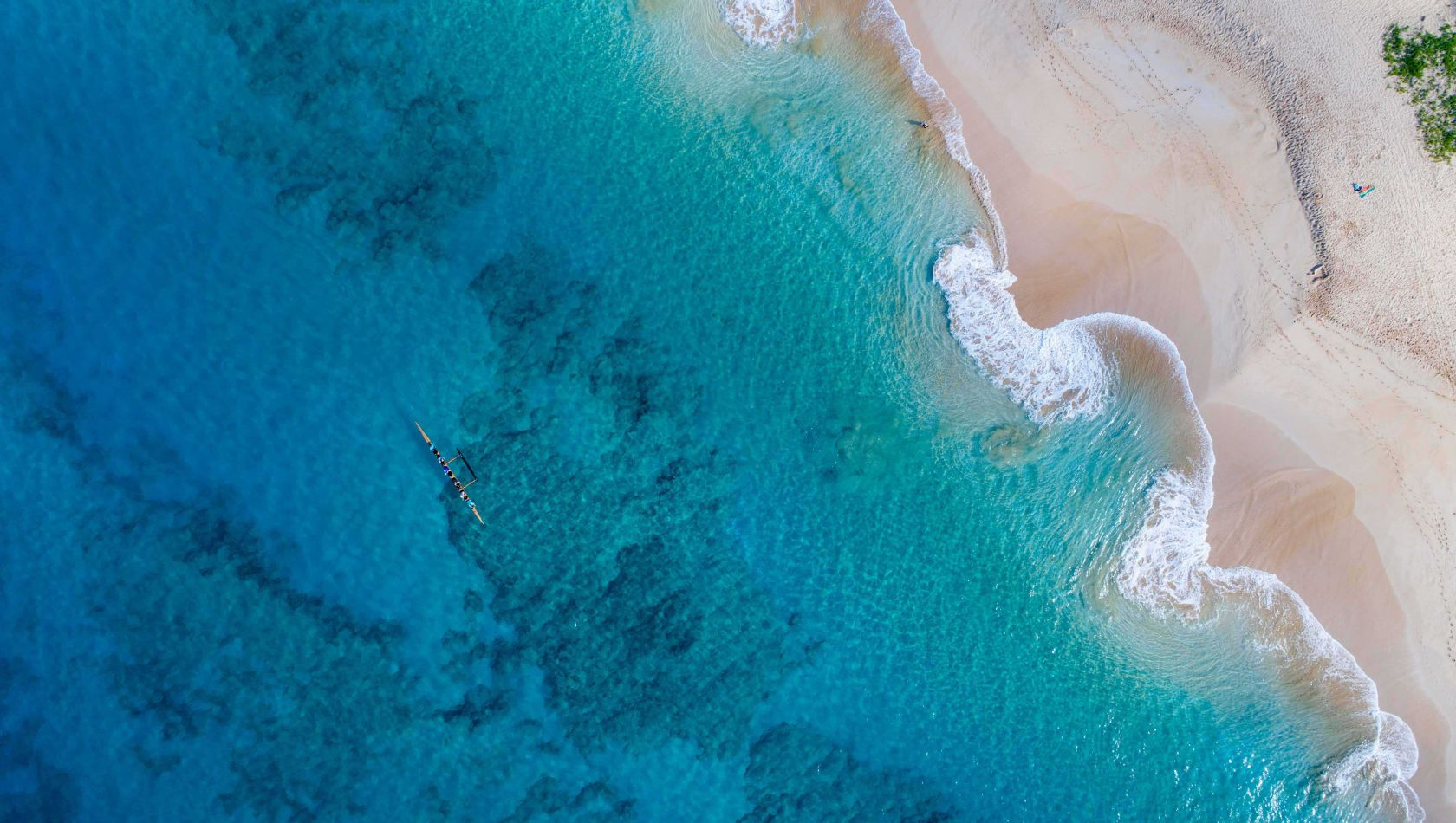
ancestral Adaptation
Waves of Change
The Arrival of Western Vessels and 19th Century Cultural Change
The arrival of Western vessels influenced tremendous cultural change along the Honuaʻula shoreline and mauka areas, yet our kūpuna kānaka maintained active participation in these changes.
Mahele ʻĀina:
The Division of Land
The Māhele ʻĀina shifted Hawaiʻi to a Western land tenure system. However, even as we moved into this new model, we recognize that it is still rooted in a Hawaiian worldview. There is a retention of the ahupuaʻa system and natural boundary lines stretching from the mountain to the ocean, rather than blocks of land.
Commercial Agriculture in Honuaʻula
Traditional agriculture became commercialized to build an industrial economy. The development of Makee Landing was a movement from the Hawaiian government landing at ʻĀpuakēhau, which eventually became a centralized landing now known as Mākena Landing.

THE HAWAIIAN COWBOY
Paniolo
The Introduction of Paniolo
From the end of the 19th century and well into the 20th century, ranching grew a strong presence in Honuaʻula. While ranching is an introduced cultural activity, it would secure a unique space within the Hawaiian framework and introduce the Hawaiian cowboy, also known as paniolo. The word paniolo is derived from a Hawaiianized version of the word español. Mexican vaqueros taught Hawaiians how to herd, rope, and process cattle, and how to ride and utilize horses.
Soon after, paniolo crafted their spin on the ranching techniques. They integrated familiar Hawaiian practices such as weaving their materials, lei making, and leather printing.
The Cow Pen
In the late 1800s, Mākena Bay became a booming port for sending cattle off on barges to be shipped to market. Paniolo would rope and swim the cows out to sea. The cow pen, of which only the rock walls remain, was used to organize cows while branding them.
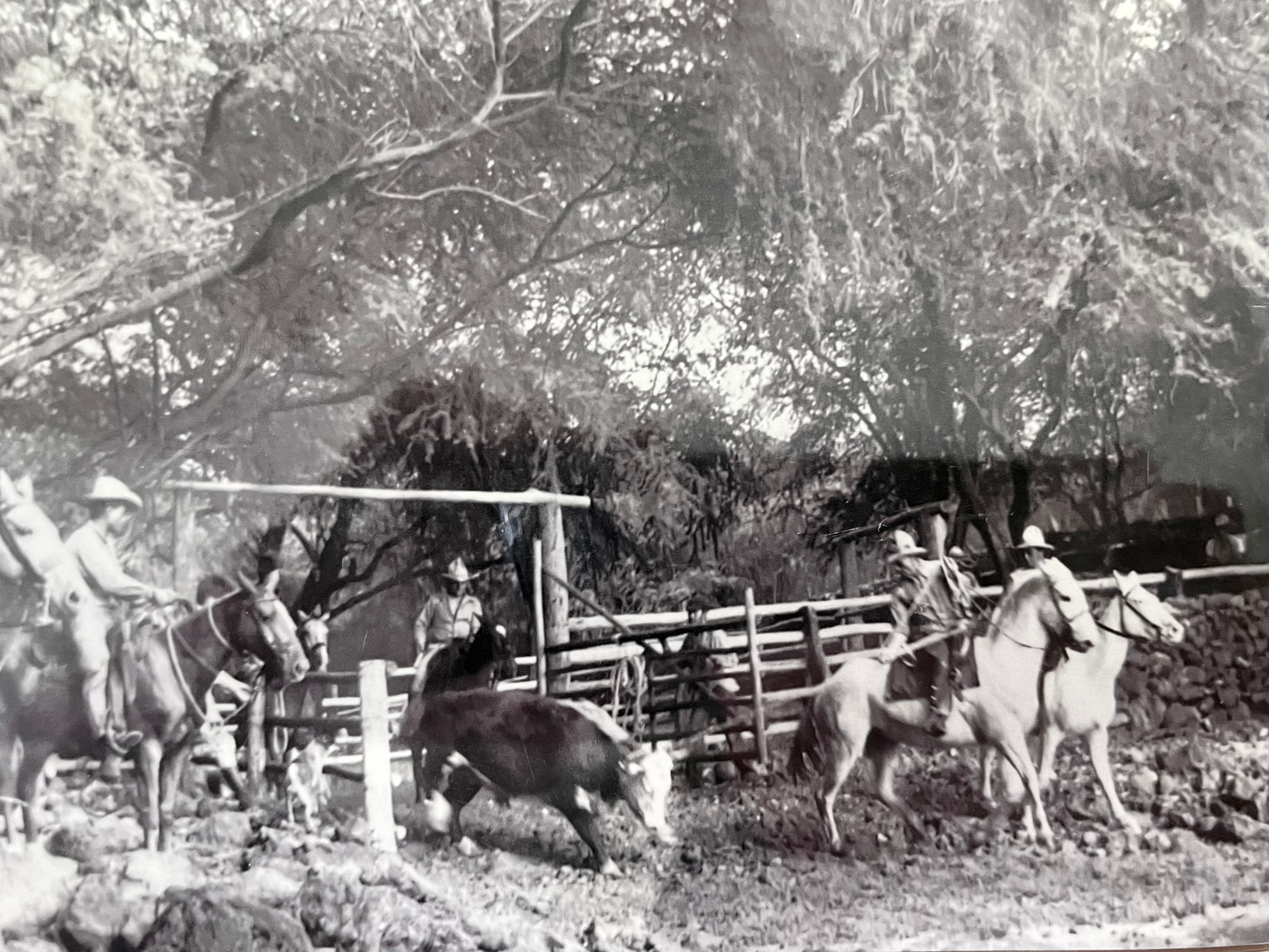
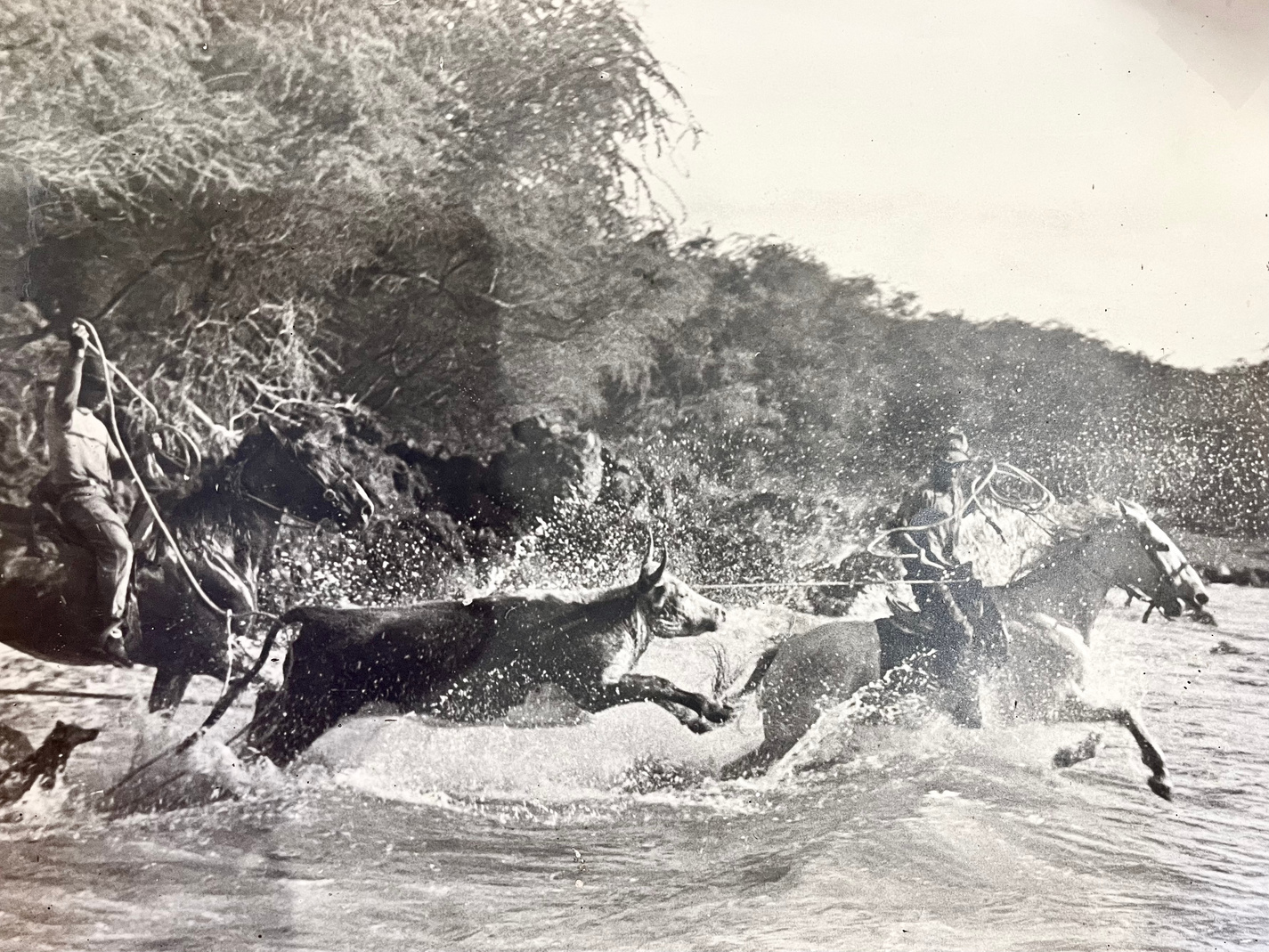
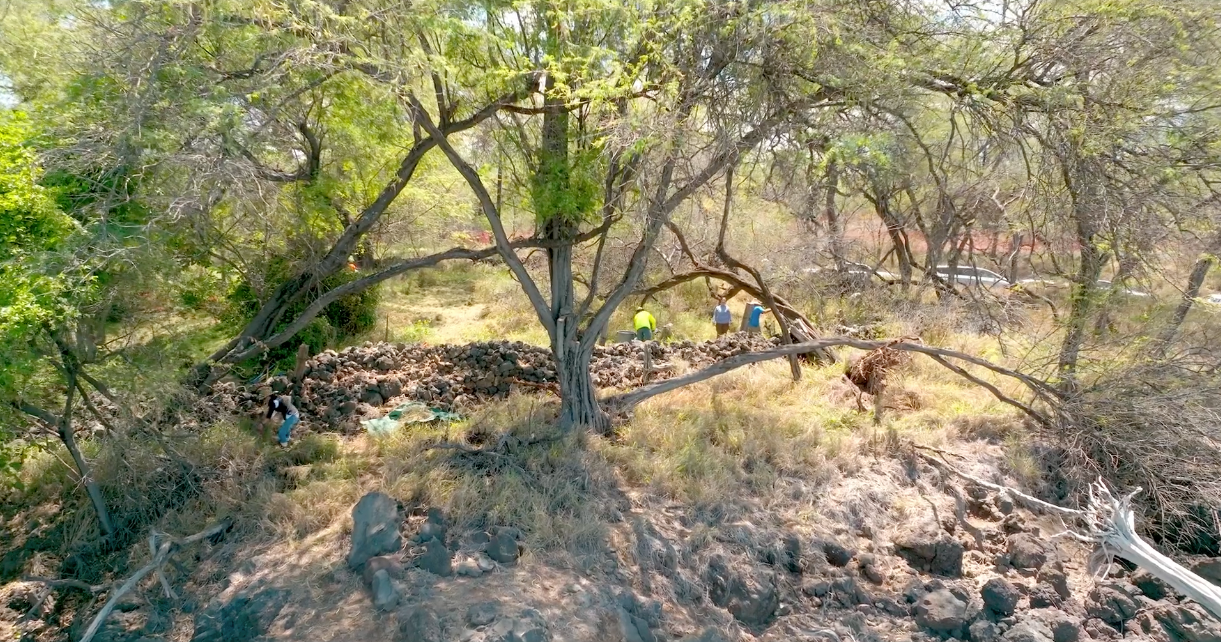

EXPLORE
The Archaeology
There have been well over 50 archaeological studies completed with Mākena. By teaching the extensive history of this ʻāina, including agriculture, fishing, and ceremonial traditions, the impact of Western trade, commercial agriculture, and Christianity, we are better equipped to understand the historic sites and resources we find in this landscape.
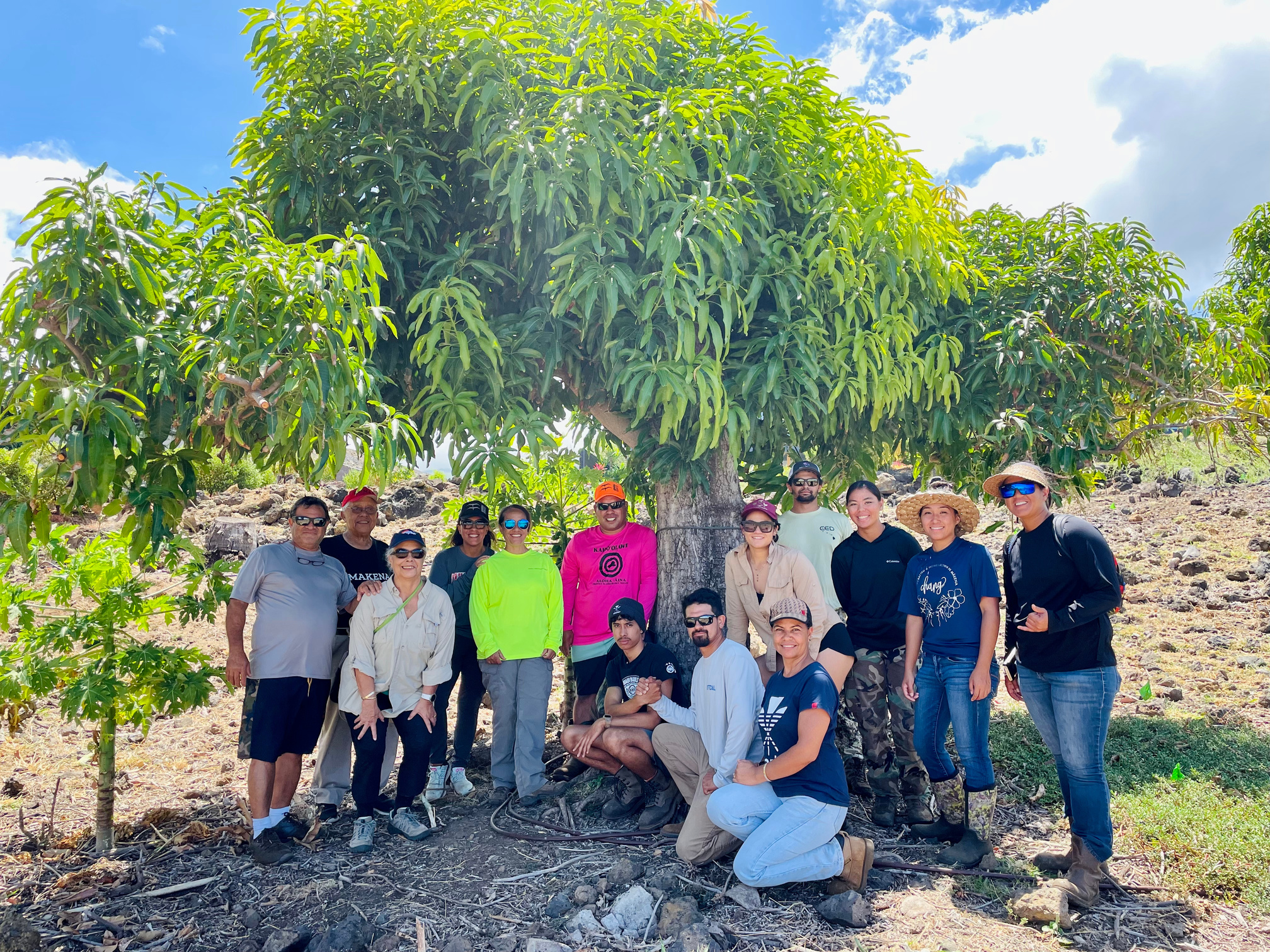

ʻĀina Archaeology and Mākena Golf & Beach Club partnered to create a community archaeology program entitled Kīpaipai. Kīpaipai is an archaeology training program for family and community members to learn about the historic preservation process and apply this knowledge by engaging with preservation areas within their moku. The program seeks to enact the next step of preservation plans which presents participants with the opportunity to reconnect with wahi kūpuna (ancestral places) and ensure the longevity of these special places.
The Mission
To empower and support descendants with lineal and genealogical ties to Honuaʻula to tell the stories and to care for the preserved archaeological sites from Palauea to ʻĀhihi and from ʻUlupalakua to Kahoʻolawe.
